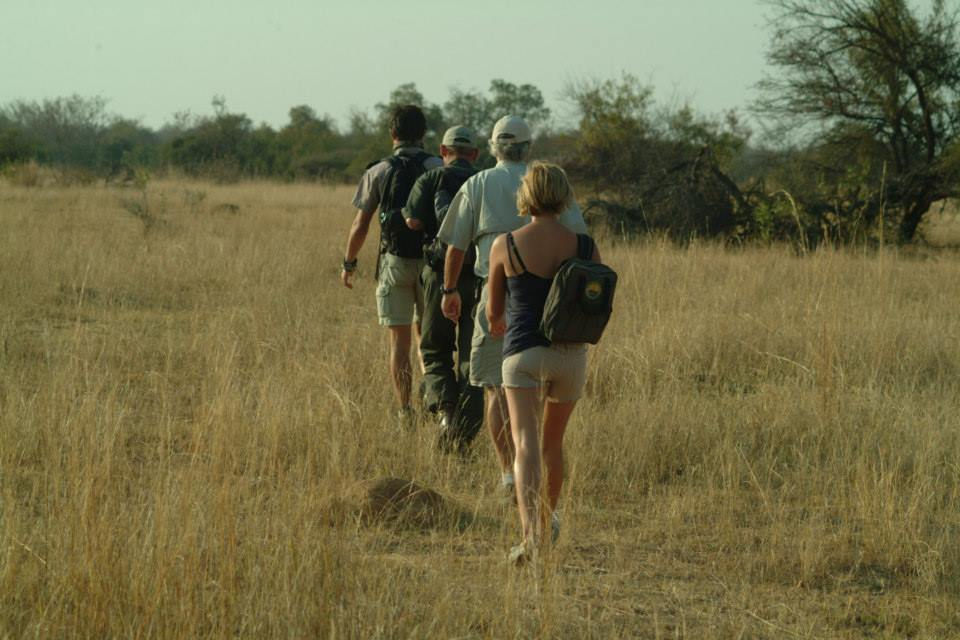top of page

Curriculum
In-Ex-Situ Course
-
The history of zoos and wildlife preserves.
-
Introduction to Animal Keeping and zoological facilities.
-
Staff and guest safety. Zoological careers.
-
The professional relationship between in-situ and ex-situ preserves and zoos.
-
Animal behavior in-situ vs. ex-situ. Ethology: the science of animal behavior.
-
Captive care and behavior. Training animals for assisting in better care. Understanding ecology and natural behavior to assist in animal care and training. Animal communication and social behavior. Operant conditioning.
-
Mammals, birds, reptiles, amphibians, fish and arthropods Africa. Introductory Taxonomy.
-
Reproduction ex-situ. SSP/Species Survival Plans, management of breeding programs. Reproduction for reintroduction. Neonatal care and considerations for hand-rearing. Reproductive behavior. Parental and developmental behavior. Recording and analyzing behavior.
-
Record Keeping. Identifying and Marking Wildlife.
-
Botany and grasses. Offering and enhancing seasonal browse and enrichment ex-situ based on natural seasonal feeding habits. Nutritional considerations. Pellets versus whole foods. Diets and growth rates, species specific dietary considerations.
-
Conservation management in-situ vs ex-situ. Conservation based fundraising.
-
Weather and climate. Creating more accurate climate for species ex-situ and choosing the correct species to exhibit in select geographic locations.
-
Biomes of South Africa. Astronomy, ecology and geology. Exhibits and enclosures; Creating natural exhibit design. Design philosophy for on exhibit and off exhibit enclosures. Education and considering your visitors. Horticulture, landscaping, rock and tree sculpting. Enhancing the visitor experience.
-
History of animals under human care.
-
Creating an educational nature experience in-situ and ex-situ. Educating the public. Specialized classes and age appropriate subjects. The ecophobia concept. Education through exhibitory signage.
-
Research at ex-situ facilities. Field research .Application of ex-situ research to field projects. Rehabilitation of wildlife, release and reintroduction programs.
-
Knowing you local Wildlife Legislation, Laws and Permits, Transport, Shipping and quarantine procedures.
-
Safe Weapon handling, reading animal warning signs and dealing with dangerous animal escapes ex-situ. Animal capture and restraint methods. Shooting will be conducted with high and low caliber rifles on targets only.
-
The art of tracking. Track and Sign training and evaluation.
-
First Aid
Safari Guides Course
-
Introduction to the natural environment and Biomes.
-
Creating a guiding experience
-
Geology
-
Astronomy
-
weather and climate
-
Introductory Ecology
-
Introductory Taxonomy
-
African Flora
-
Amphibians, reptiles, fish, birds, mammals
-
Animal behaviour
-
Conservation management and historical human habitation.
-
The art of tracking. Track and Sign training and evaluation.
-
First Aid.
All ASGAI courses are endorsed and accredited by AFGA the African Field Guides Association. Part of the South african curriculum revolves around the FGASA South African standards for South African Field Guide Certification and is trained by our highly qualified partners at the LFGA. The In-Ex-Situ Course, combines zoological subjects to make it relevant for African Wildlife Professionals and enthusiasts envolved in ex-situ conservation.
The species covered in our course are indigenous to both South and East Africa. All our venues are rich in African fauna and flora and home to the Big 5 (elephant, rhino, cape buffalo, lion and leopard).
To be able to offer a course that will meet the requirements of each student, we keep our practical groups small. Participants will receive a certificate upon course completion.
























bottom of page





















